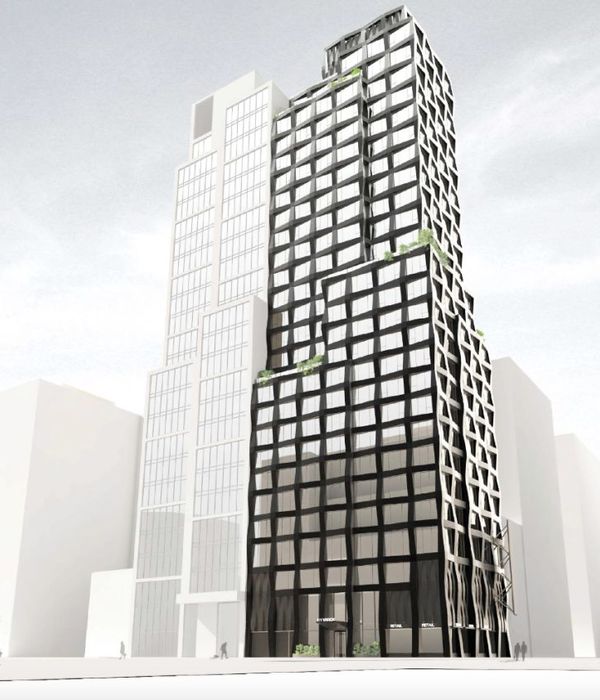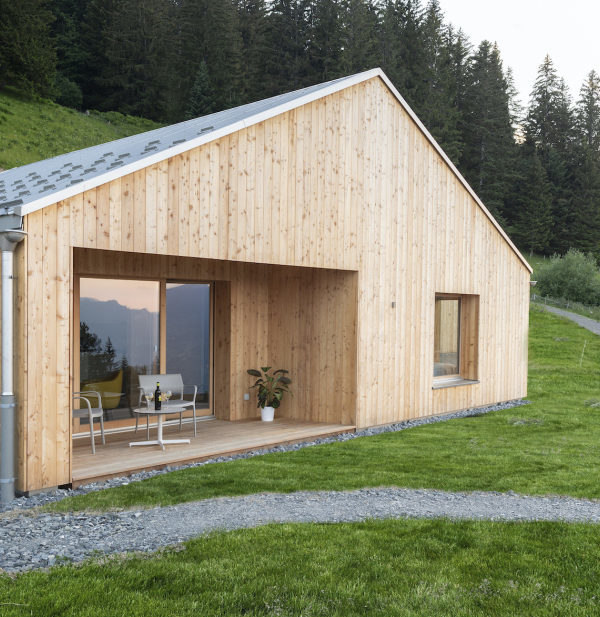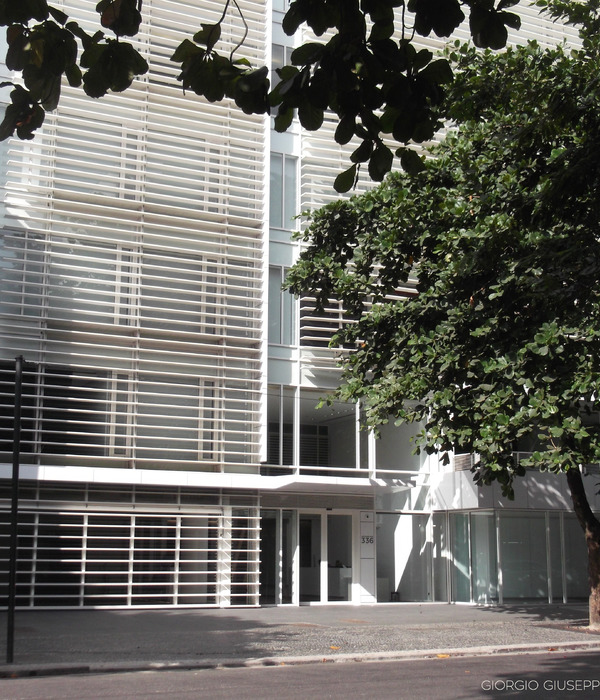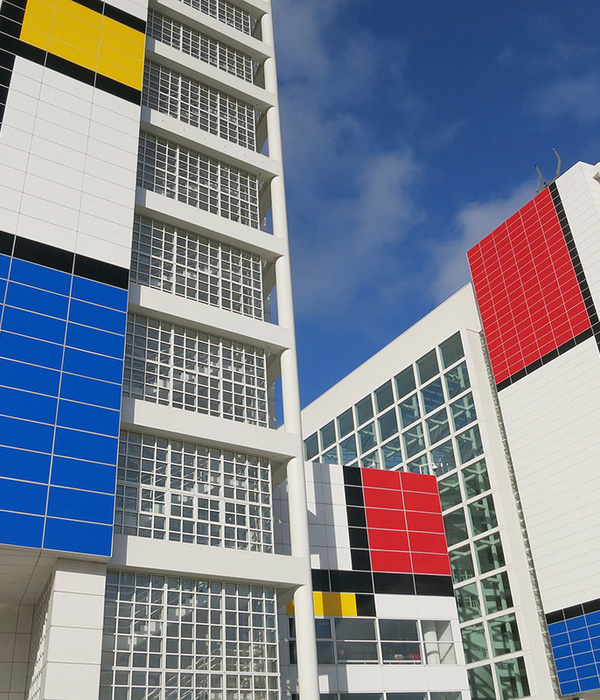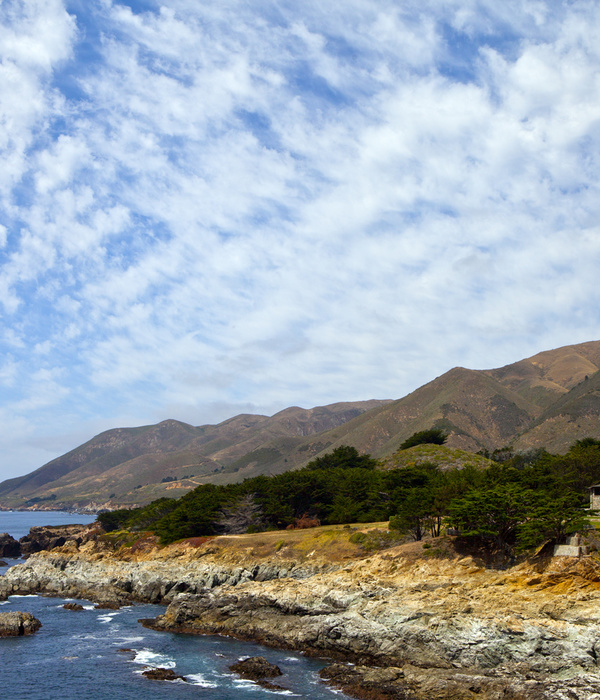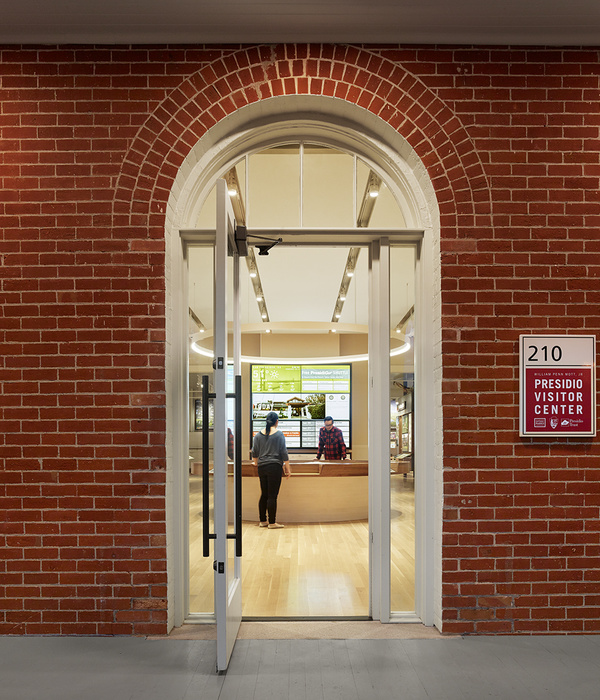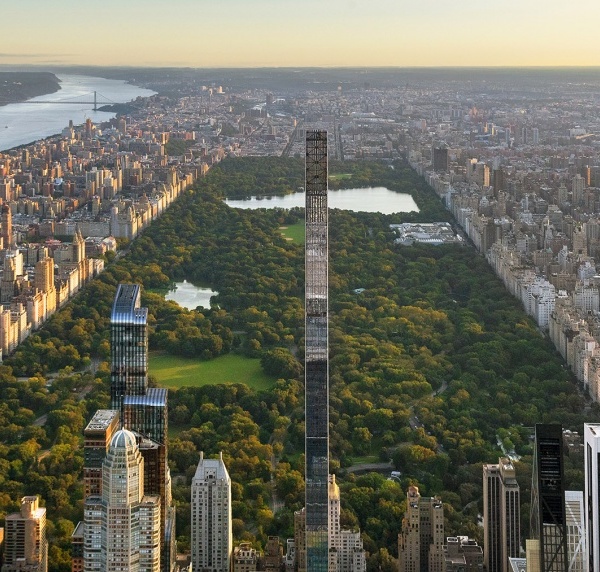The FTS 300 was built within the framework of the Uruguayan Public School Support Project (PAEPU), which provides in-service training to FTS teachers and carries out the infrastructure needed: project, execution, equipment and maintenance of the FTS throughout the national territory.
The Uruguayan public school has a great tradition and has been able to respond to adverse social situations: At the beginning of the 20th century, the “Outdoor Schools” for children suffering from Tuberculosis. In the middle of the century, the Rural Program with extended hours and alimentation to address poverty in rural areas. The current Full-Time Schools (FTS) program, faces the challenge of a fragmented and territorially disaggregated society, generating homogeneous schools that reflect features of their location. Therefore, the FTSs seek to improve the conditions of equity of children in poverty.
The FTS N. 300 of Colonia Nicolich, is a new school, created to respond to the accelerated growth of the area. The area was a semi-rural one and became an urban area. This entailed the construction of new homes and an Educational Center with the new school, a Technical Training Institute and a gymnasium for both institutions.
The school is the first construction site built in the area for institutional purposes. The building starts the process of transformation and institutional containment, in response to local changes. We seek then to design a building with solid materiality, properly maintained and embellished over time, and warm enough to receive the new community.
The exposed brick is a material with a long history in national architecture and with important roots within our culture. It is a material that deserves respect and with which there is an almost emotional relationship. Working with it implies working with the history of national architectures and with the experience of the entire community.
So, we designed a school with a “U” containing patio, which, at the same time, projects the building towards the rural landscape that still persists in the distance, with the continuous envelope of an exposed brick wall. A thick skin that protects and filters, that allows us to see and live with the outside from a safe and warm place.
The variation of this brick envelope responds to the different needs of the program and to the orientation of the building. In this way, it becomes more or less permeable, more or less integrative.
The school has a great access which welcomes generously, achieved with a simple and forceful gesture. The inclination of the enveloping exposed brick plane generates a space of wide transition, of encounter, with great openness towards community.
{{item.text_origin}}



